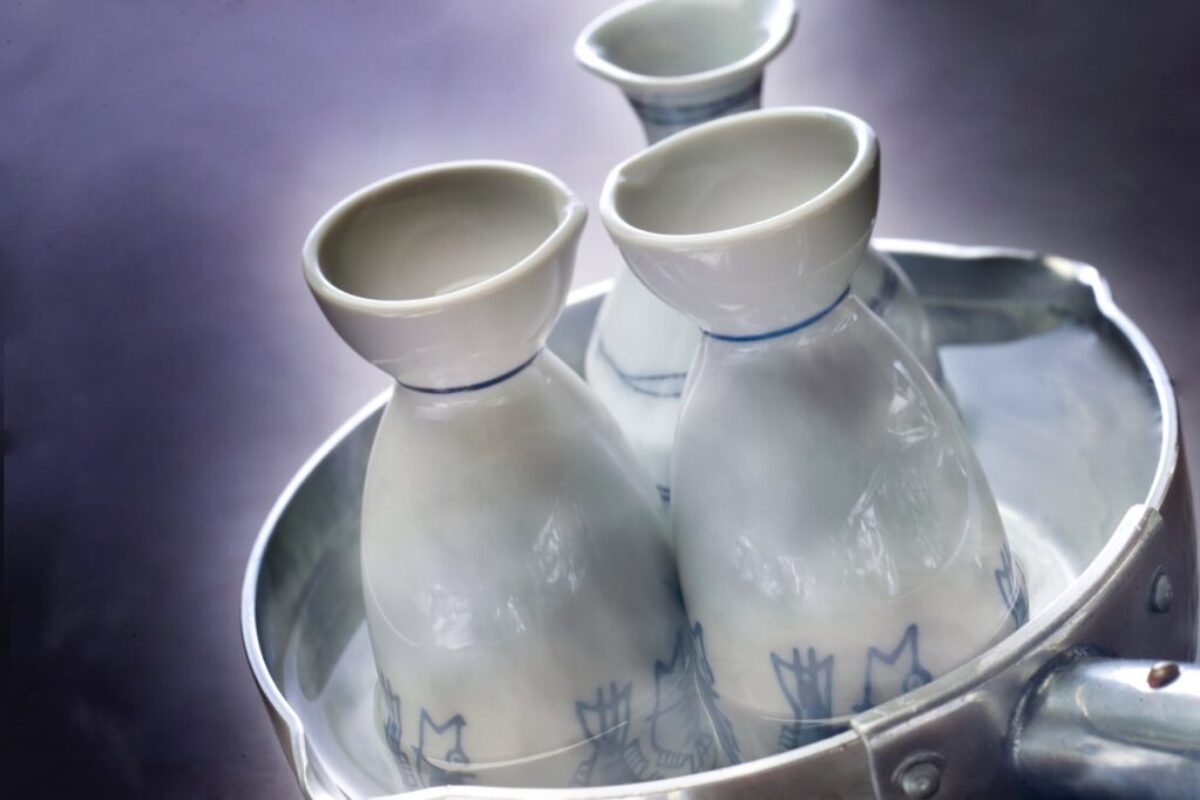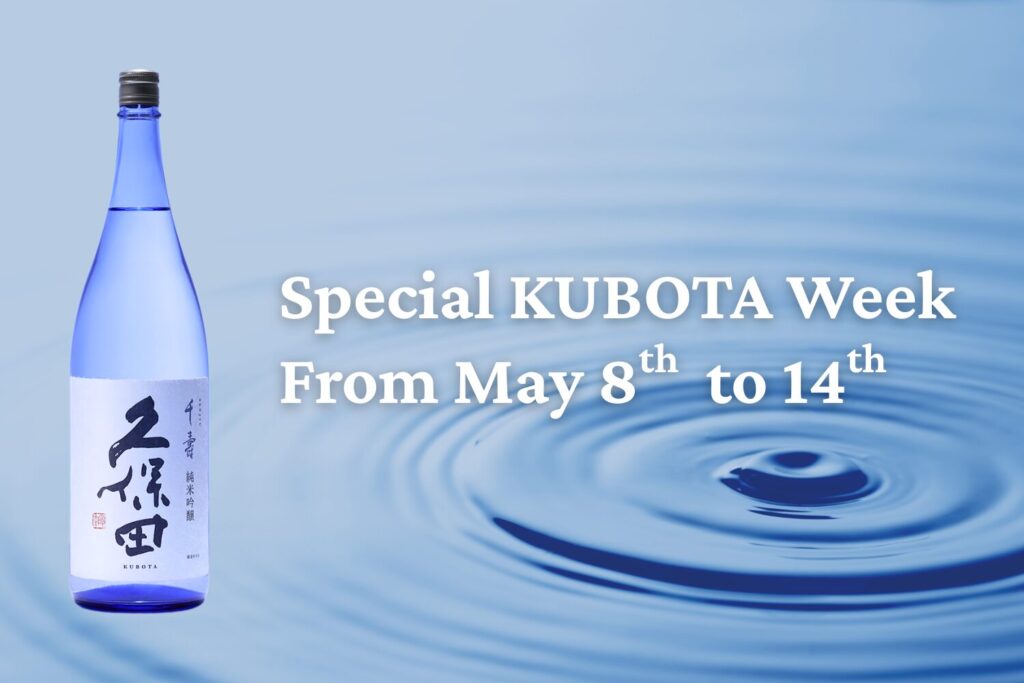Japanese sake is a special kind of drink that can taste very different depending on how warm or cold it is. Just by changing the temperature, you can discover new flavors and enjoy your sake in different ways. In this guide, we’ll explore how to enjoy sake at different temperatures, the types of sake that are best at each temperature, and what kinds of food go well with it.
Let’s take a glance at charts how different hot and cold Japanese sake is
First of all, take a look at how tastes are different between cold and hot sake. Cold sake make the taste cleaner and hot sake become bold.

Next, I will show what kind of sake is good for cold or hot sake. If you do not have idea about rank of sake, please refer this blog too.

※These charts show the general ideas of hot and cold sake. Tastes depend on Japanese sake itself. You can enjoy the variety of the world of sake.
How can I drink Sake in different temperature?
Atsukan (熱燗) — Hot Sake
Temperature: About 50–55°C (122–131°F), warm bottle in boiled water or put cups into microwave
Flavor: bold, perfect for cold days
Hot sake, also known as “atsukan,” is great when you want to warm up, especially during the winter. When sake is heated, the alcohol taste becomes softer, and you can really taste the sweetness and richness of the rice. Sake with a strong flavor, like Honjozo sake, is the best for drinking hot.
Food Pairing: Warm dishes like stew, hot pot, grilled chicken

Nurukan (ぬる燗) — Slightly Warm Sake
Temperature: About 40–45°C (104–113°F)
Flavor: Balanced and smooth
Warm sake, or “nurukan,” is a little cooler than hot sake. This temperature makes the sake taste softer and easier to drink. It’s perfect for relaxing and pairs well with foods like grilled fish, tempura, or light Japanese dishes.
Food Pairing: Grilled fish, tempura, creamy dishes
Jo-on (常温) — Room Temperature Sake
Temperature: About 15–20°C (59–68°F)
Flavor: Natural and mellow, letting you taste the true flavor of the sake
Room temperature sake is great because it allows you to taste the sake just as it is. You can really enjoy the natural flavors and aromas of the sake. Sake with more complex flavors, like pure rice or ginjo sake, is best at this temperature.
Food Pairing: Sushi, sashimi, steak, main menu

Reishu (冷酒) — Chilled Sake
Temperature: About 5–10°C (41–50°F), Keep the fridge or put the bottle into ice
Flavor: Crisp, refreshing, and often fruity
Cold sake, or “reishu,” is perfect for hot days or when you want something refreshing. Chilling the sake makes it taste crisp and clean, and you might notice fruity flavors. Ginjo or daiginjo sake, which have a fragrant and fruity aroma, taste great when chilled.
Food Pairing: Salads, seafood, cheese, salty foods and snack

Enjoy your journey of beautiful arts of Japanese Sake
Japanese sake is a drink that can be enjoyed in many different ways just by changing its temperature. the points of enjoying sake is finding out your tastes, though this blog shows the differences in details. Whether you want something warm to cozy up with or something cool and refreshing, there’s a perfect temperature for you. Try out these different ways to enjoy sake and find your favorite!









